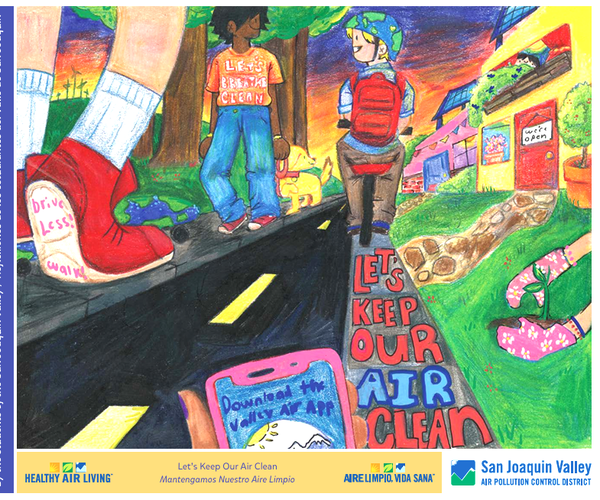As part of the state’s ongoing efforts to increase community resilience in areas of the state more prone to natural disasters, the California Governor’s Office of Emergency Services (Cal OES) has announced the first round of awardees for the Prepare California ‘Match’ Program amounting to over $15 million in state funding.
“This innovative, proactive funding opportunity opens the door for the most vulnerable, at-risk communities to receive federal dollars aimed at improving local infrastructure,” said Ryan Buras, Deputy Director of Cal OES Recovery Operations. “These projects will save lives and property, at no cost to the community.”
For this first round of grants, Cal OES awarded over $15 million in state funding to 15 applicants through the ‘Match’ portion of the Prepare California Program, which allocates a total of $85 million in state funding for eligible communities and projects applying for federal Hazard Mitigation Assistance grants.
Prepare California ‘Match’ unlocks state funding to cover the required local match (non-federal cost share) portion of these grants that are intended to support communities considered socially vulnerable with a high hazard risk. Under the ‘Match’ program, the federal government covers 90 percent of the project cost, with the state providing the remaining 10 percent of the funding.
The first round of Prepare California ‘Match’ funding awardees ranges from cities and counties to Tribal Governments situated all over the state.
Examples of projects receiving Prepare California ‘Match’ funding:
• Hoopa Valley Tribe, Humboldt County (Wildfire): Address wildfire protection through a two-pronged approach: create defensible space around 890 tribal housing parcels and reduce hazardous fuels on approximately 573 additional acres.
• City of Dinuba, Tulare County (Flood): Modify the city’s existing stormwater system infrastructure to increase stormwater retention, conveyance, and groundwater infiltration capacity by employing nature-based solutions.
• Nevada County (Wildfire): Reduce hazardous fuels on an estimated 800 acres of private properties located in the South Yuba Rim.
• East Valley Water District, San Bernardino County (Earthquake): Perform seismic retrofits to seven potable water tanks in the same pressure zone representing nearly half of the potable water for the district.
• Lassen Municipal Utility District, Lassen County (Wildfire): Reduce fire damage to critical infrastructure and minimize the need for public safety power shutoffs by clearing an additional 20 feet of vegetation under two transmission lines that span a combined 48 miles on either side of Highway 36 between Susanville and Westwood. Utility poles with fire-related damages will also be replaced with steel, ignition-resistant/non-combustible poles.
• City of Watsonville, Santa Cruz (Flood, Earthquake, Heat): Increase the resilience of critical water treatment infrastructure from flooding and earthquake by relocating critical parts of the facility outside of the flood zone and constructing the facility to modern seismic building codes. Install a green roof on the new facility to absorb rainfall and protect the facility from heat events.
The state identified these disaster-vulnerable communities by prioritizing California census tracts according to their estimated hazard exposures and social vulnerability. Hazard exposure is based on the State Hazard Mitigation Plan which includes an analysis of several datasets related to wildfire, flood, earthquake, drought, and heat wave frequencies. Social vulnerability is based on the CDC Social Vulnerability Index.
Cal OES will announce additional awardees for the Prepare California Match Program in the coming months. Additionally, Cal OES is currently offering Match funds for eligible communities applying for FEMA’s 2022 Building Resilient Infrastructure and Communities (BRIC) and Flood Mitigation Assistance (FMA) grants.





